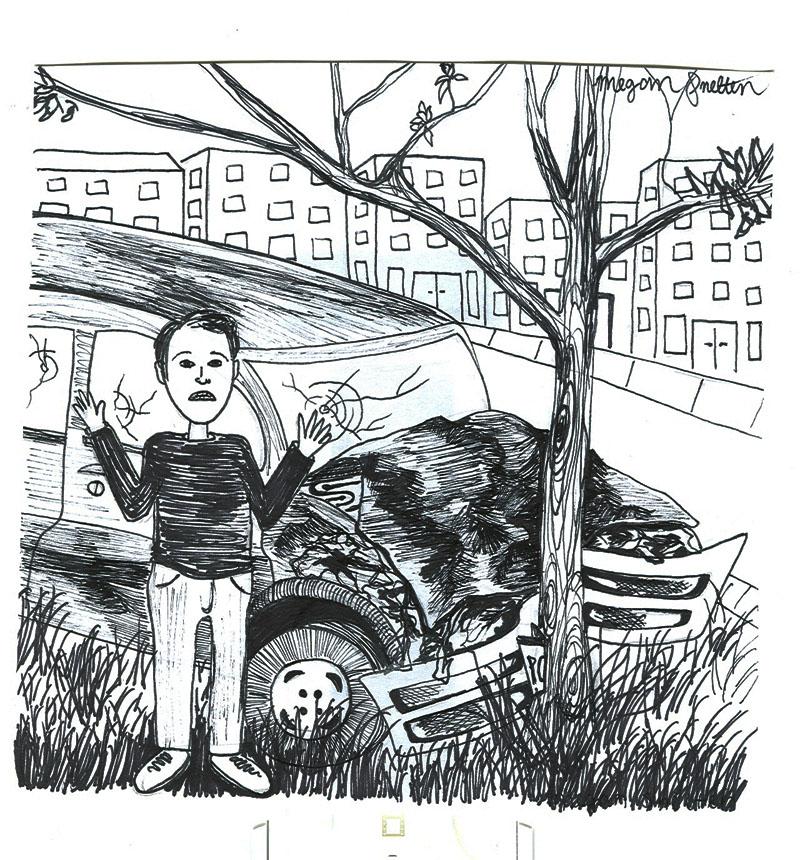In light of new statistics from a nationwide study, Illinois and other states must take a closer look at how Graduated Drivers License (GDL) programs affect 18-year-olds to ensure the least experienced drivers are not the ones getting on the road the easiest.
GDL systems have led to an estimated 1,348 fewer fatal car crashes involving 16-year-olds but 1,086 more fatal crashes involving 18-year-olds, according to the study, which was published in the September 14 issue of the Journal of the American Medical Association.
While the study did not determine the reason for the increase in fatal car crashes involving 18-year-olds, some have speculated the cause is the number of teenagers who are now waiting until they are 18 to get their first license. These teenagers often need to meet fewer requirements before getting their licenses, which could make them less prepared for driving and more likely to crash. If Illinois wants to keep these teenagers safe, it must extend its GDL program requirements to include 18-year-olds who are new drivers.
Illinois’ GDL program, which went into effect in 2008, increased the requirements and restrictions for drivers under the age of 18. A student under 18 must now take an approved Drivers Ed course, complete a written test, hold a permit for 9 months, and spend 50 hours behind the wheel with a license holder 21 or older before he or she can take the driving test at the DMV. Because of all these requirements, some students choose to wait until they are 18 to get a license, when all they are required to do is take the written test and driving test.
GDL requirements are not the only reason students wait to get a license. Anabell Castañeda, senior, says she will wait until she is 18 to get her license because of her parents.
“That’s just a rule that my parents have for all of the kids. They let us get our permits, and then we had to renew our permits when they expired. Then once we’re 18 we’re allowed to try and go get our license,” Castañeda said. “It’s really more about the fact that they don’t want us to drive by ourselves because they think we’re too young. Also, they save money because they don’t have to put us on the insurance yet for two years.”
Changes in driving laws, as well as other factors, have caused a decrease in the number of 16-year-olds getting licenses in the past, according to a 2010 Chicago Tribune article. This means more students wait until they are 17 or 18 to get their license. But for those who wait until they are 18, the GDL program only places a few restrictions on them. This should not be the case for students who are just learning to drive.
“The purpose of the Graduated Licensing Program is to develop safe and mature driving habits in young, inexperienced drivers and reduce or prevent motor vehicle accidents, fatalitids, and injuries…,” according to Illinois statute 625 ILCS 5/6-107, chapter 95 1/2.
Those ‘inexperienced drivers’ used to be 16-year-olds, but now that so many more 18-year-olds are getting their license for the first time with just as little experience, the state needs to rethink its strategy for keeping younger drivers safe.
A licensing program that is meant to protect inexperienced drivers should not ignore the increasing number of teens who are waiting until 18 to get their licenses. The GDL program is working for those students who participate in it, but if Illinois truly wants to keep new drivers safe, it should require 18-year-olds to meet the same requirements that are keeping their 16-year-old peers alive.

